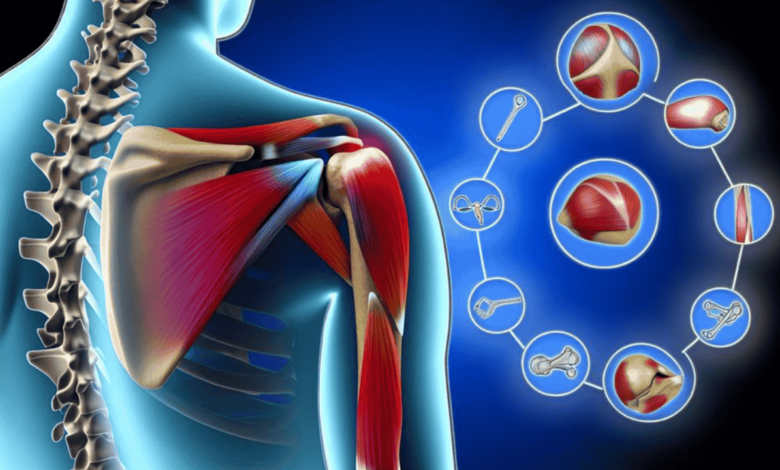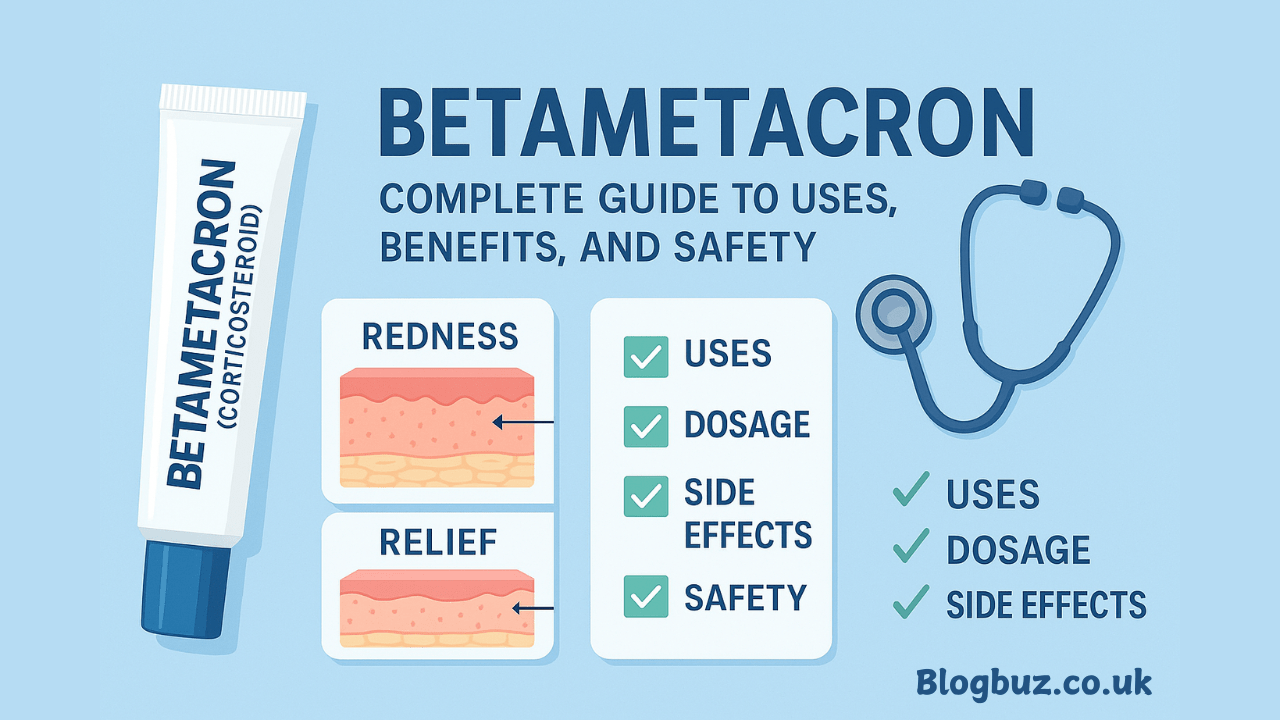Rotator Cuff Tear: Causes, Symptoms, and Treatment Options

Imagine your shoulder as a well-oiled machine, and a rotator cuff tear is the wrench thrown into its gears. You might find yourself dealing with this common injury due to repetitive motions, the natural wear and tear of aging, or an unexpected fall. Symptoms like persistent shoulder pain, weakness, and restricted movement can disrupt your daily life. Understanding the causes and identifying the symptoms early are crucial steps toward recovery. But what are the best ways to diagnose and treat this issue? Let’s explore how you can regain your shoulder’s strength and function.
What Is a Rotator Cuff Tear?
A rotator cuff tear is a specific type of injury affecting the group of four muscles and their associated tendons that stabilize the shoulder joint. If you’ve torn your rotator cuff, you’ll likely experience symptoms such as pain, weakness, and limited range of motion in the shoulder. You might find it difficult to lift objects or reach overhead.
Treatment options vary based on the severity of the tear. Non-surgical methods include physical therapy and anti-inflammatory medications to manage pain. In more severe cases, surgical intervention might be necessary to repair the torn tendons.
It’s crucial to promptly address a rotator cuff tear to prevent further damage and ensure optimal recovery.
Common Causes
Rotator cuff tears often result from repetitive shoulder motions, especially those involving overhead activities. You might experience this if you frequently engage in sports like tennis or baseball, or if your job requires lifting objects above your head. Age-related degeneration is another common cause, as the tendons naturally weaken over time. Trauma, such as falls or accidents, can also lead to tears.
To mitigate these risks, consider prevention tips such as strengthening shoulder muscles through targeted exercises. Lifestyle modifications like avoiding repetitive overhead tasks and using proper lifting techniques can significantly reduce your chances of injury. Regular breaks and ergonomic adjustments in your daily activities can further aid in maintaining shoulder health and preventing rotator cuff tears.
Recognizing Symptoms
When it comes to recognizing symptoms of a rotator cuff tear, you’ll often notice a sudden or gradual onset of shoulder pain. You might experience weakness, especially when lifting or rotating your arm. Difficulty sleeping on the affected shoulder is common.
Limited range of motion and a cracking sensation during shoulder movement can also indicate a tear. Early intervention is critical to prevent further damage and facilitate recovery. Ignoring symptoms may lead to chronic pain and irreversible muscle damage.
If diagnosed early, physical therapy can be highly effective in restoring function and strength. By addressing symptoms promptly, you can avoid more invasive treatments and achieve better outcomes through non-surgical methods like targeted exercises and manual therapy.
Diagnosis Methods
Determining the presence of a rotator cuff tear typically involves a combination of clinical evaluation and imaging techniques. First, your physician will conduct a thorough physical examination. They’ll assess your shoulder’s range of motion, strength, and any areas of tenderness. Specific tests, like the drop arm test or Hawkins-Kennedy test, help identify possible tears.
Next, imaging tests are crucial for confirming the diagnosis. An X-ray can rule out other conditions, while an MRI or ultrasound provides detailed images of soft tissues, revealing the extent and location of the tear.
These imaging tests allow for a precise assessment, guiding further treatment planning. Combining these methods ensures an accurate diagnosis, essential for effective management of the condition.
Treatment Options
Effective management of a rotator cuff tear hinges on selecting the appropriate treatment options tailored to the severity of the injury. For minor tears, physical therapy often serves as the first line of treatment. You’ll engage in specific exercises designed to strengthen shoulder muscles and enhance flexibility, thereby promoting functional recovery.
If conservative measures fail or if the tear is severe, surgical repair may be warranted. Arthroscopic surgery is a common technique, involving small incisions and the use of a camera to guide the repair process. Post-surgery, physical therapy remains crucial for rehabilitation, focusing on restoring strength and range of motion.
Your treatment plan should be individualized, ensuring optimal recovery and return to daily activities.
Conclusion
In conclusion, recognizing and treating a rotator cuff tear promptly can significantly improve outcomes. Did you know that approximately 40% of people over 60 have some degree of a rotator cuff tear, often without symptoms? Early diagnosis through physical exams and imaging, combined with appropriate management, can restore shoulder function. Whether it’s physical therapy or surgery, addressing the issue early ensures you’re not limited by shoulder pain and weakness in your daily activities.




